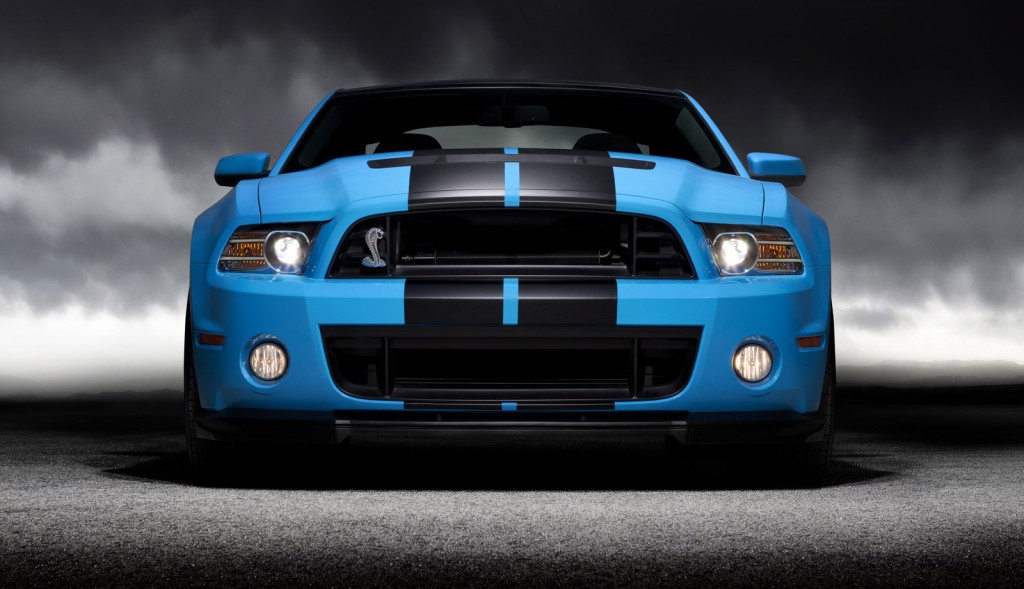
2012 Chevrolet Camaro ZL1 first drive
Maybe.
It depends on what you want from your muscle car. Do you want the biggest numbers, the best stats, the lowest price of entry? If so, the Shelby GT500 is probably your best bet. The 2012 model is no slouch, cramming 550 wild ponies under the hood, and the 2013 model finds room for another hundred. The technology outside the engine bay is pretty low, however, with the solid rear axle absorbing a lot of the vitriol from haters.
The stats
Ford has worked some real magic tuning the Mustang's platform, with Ford Racing parts (and engineers) doing their best to deliver truly balanced, track-worthy grip, both on the strip and the road course.

2013 Ford Mustang Shelby GT500

2012 Chevrolet Camaro ZL1 first drive
Moving beyond stat sheets and gadgetry for a moment, there's the little matter of what each is like to drive.
The drive
Having driven both the new ZL1 and numerous examples of the GT500 on track, street, or autocross over the past several years, it's a hard thing to say which is truly best. The GT500 has undeniably made leaps and bounds in its performance, refinement, and ultimate on-track capability since the 2009 and earlier models, which were as likely to punch you in the throat and take your lunch money for bodywork repair as they were to drive quickly but peaceably in the direction intended. The current models are so good we called the 2011 an M3-killer.

2012 Chevrolet Camaro ZL1

2013 Ford Mustang Shelby GT500
Here, the ZL1 comes up measurably short again: 580 horsepower was the stuff of Italian fever dreams just a few years ago, and its advanced Performance Traction Management (PTM) system makes it so usable it almost seems like more at times, but it's well short of 650 horsepower.

2013 Ford Mustang Shelby GT500

Chevy Camaro ZL1 Barrett Jackson

2012 Chevrolet Camaro ZL1 first drive
I could go on like this all day--literally. Both of these cars offer their own upsides, their own faults, their own failures. But at the end of the day, I'd have achieved almost nothing. There are many forum flame wars that attest to that fact (not that it makes it any less fun to do).
The real bottom line here is not whether the Shelby Mustang GT500 or the Camaro ZL1 comes out on top. It's that America's muscle cars have evolved to a point where they're not just challenging each other, but challenging the world, delivering supercar performance for sports car prices. No matter whether you're a dyed-blue Ford fanatic or a gold-plated Chevy nut, that's something we can all agree is a very good thing.








